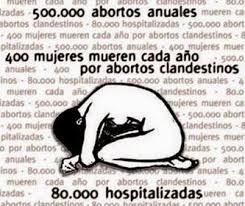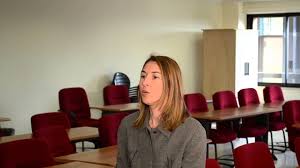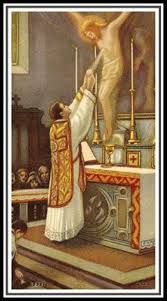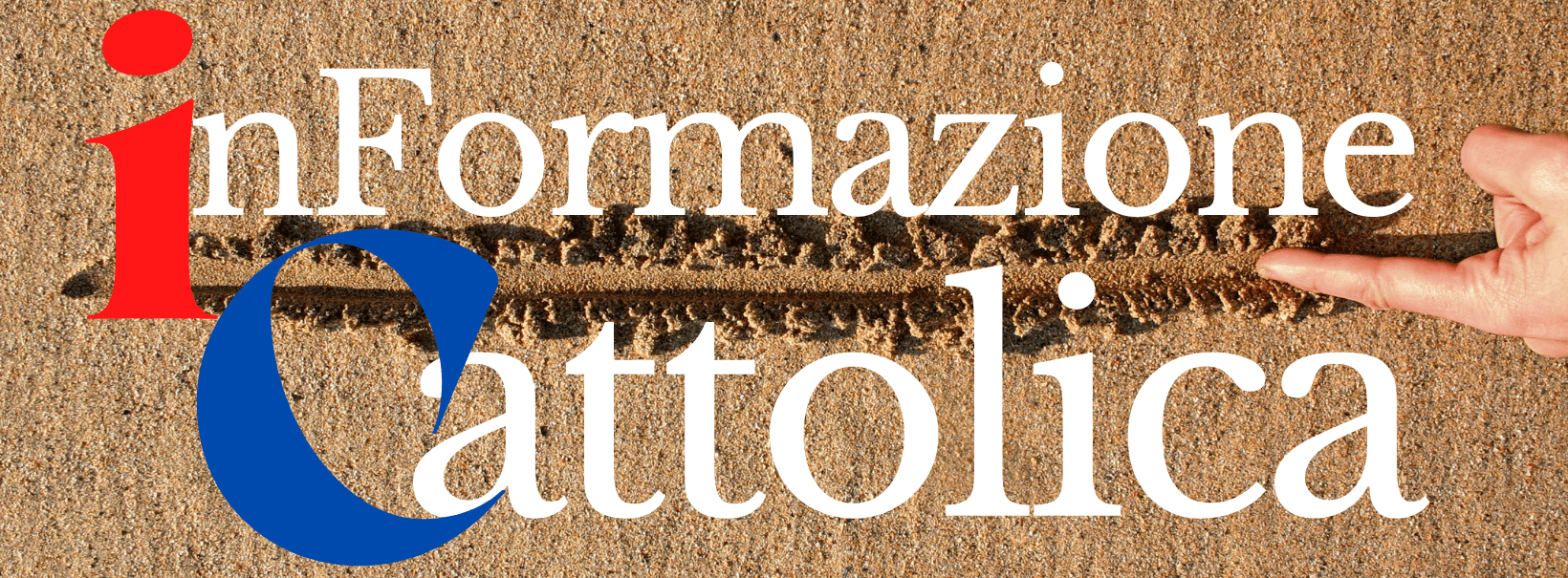Il dottor Renzo Puccetti, Specialista in Medicina Interna e Segretario del Comitato “Scienza & Vita” di Pisa-Livorno, sostiene che sono state raccontate molte menzogne per far accettare alla popolazione, soprattutto quella di sesso femminile, la liberalizzazione dell’aborto.
Feb 15
Indisponibilità della vita umana e autonomia: due principi da riordinare
Pubblichiamo di seguito per la rubrica di Bioetica la prima e la seconda parte dell’intervento della dottoressa Claudia Navarini, docente presso la Facoltà di Bioetica dell’Ateneo Pontificio Regina Apostolorum.
* * *
Feb 15
Chiesa e società italiana dopo Verona
 Studi Cattolici n.551 gennaio 2007
Studi Cattolici n.551 gennaio 2007Colloquio con Gaetano Quagliarello
a cura di Nicola Guiso
Alcuni dei temi di maggiore spessore religioso e culturale trattati da Benedetto XVI nel discorso ai partecipanti al convegno ecclesiale di Verona dello scorso ottobre sono stati commentati dal prof. Gaetano Quagliariello nel corso di una conversazione con Nicola Guiso. Gaetano Quagliariello – eletto nell’aprile 2006 senatore per FI – ha insegnato storia contemporanea all’Università Luiss Guido Carli di Roma dove ha diretto il dipartimento di scienze storiche e sociopolitiche; dal 2001 al 2006 è stato assistente culturale del presidente del senato Marcello Pera. E’ presidente della Fondazione Magna Carta. Fra i suoi libri La legge elettorale del 1953 (Il Mulino 2003), De Gaulle e il gollismo (Il Mulino 2003) e Cattolici, Pacifisti, Teocon (Mondadori 2006)
Feb 14
Se crollasse la diga delle bufale
L’ideologia verde non è soltanto artefatta, è anche dannosa. Per l’ambiente.
di Antonio Gaspari
Feb 14
Ora è forse colpa di Sant’Agata?

Pippo Baudo
Il Popolo settimanale della Diocesi di Tortona del 09 febbraio 2007
Infelice caduta di stile nella critica di Pippo Baudo contro il Papa
don Maurizio Ceriani
Feb 13
Esuli fiumani insultati sul treno
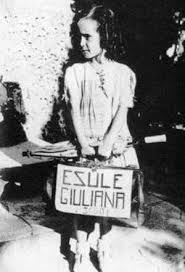 dal quotidiano gratuito “City” di Bologna del 6 febbraio 2007
dal quotidiano gratuito “City” di Bologna del 6 febbraio 2007Dopo sessant’anni una targa alla stazione ricorda una pagina di storia bolognese veramente poco edificante
Feb 08
Le radici del Sessantotto italiano
 Studi Cattolici n.551 gennaio 2007
Studi Cattolici n.551 gennaio 2007Resoconto del convegno su «Milano e l’italia dal centrismo al Sessantotto. La preparazione di una rivoluzione nella cultura e nel costume» che si e tenuto il 30 novembre e il 1 dicembre 2006 alla Cattolica
di Giuseppe Brienza
Feb 08
Il silenzio sugli innocenti
Magdi Allam
Ciò che maggiormente colpisce nell’ennesima strage di sciiti in Iraq, ad opera di terroristi sunniti, è il silenzio assordante dei musulmani. Sempre pronti a scatenare la guerra santa se il Papa riflette ad alta voce sulla violenza in nome di Allah, ma latitanti quando decine di migliaia di musulmani innocenti vengono massacrati in Iraq, Libano, territori palestinesi, Somalia, Afghanistan.
Feb 08
L’inchiesta sulla poligamia svela il vero volto dell’islam
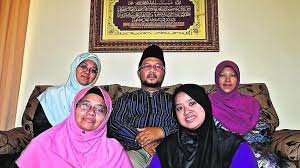 il Giornale, 28 gennaio 2007
il Giornale, 28 gennaio 2007Predicano bene ma razzolano male. L’UCOII, sigla maggioritaria nelle moschee italiane, dice di essere contraria alla poligamia, in ossequio alle leggi italiane, però si scopre che uno dei suoi dirigenti più in vista la pratica. Allora?
di Massimo Introvigne
Feb 08
S.Valentino, il mistero dell’amore infelice, l’incarnazione e i Turchi
La “festa degli innamorati” nasce nel 1465 per dare una dote alle ragazze povere di Roma. Fu scelto il giorno del vescovo martire di Terni, vissuto nel II secolo d.C., che era ricordato per avere – secondo alcune leggende – aiutato l’amore infelice di due giovani. Tutto questo accadeva mentre il Papa era drammaticamente preoccupato per la feroce avanzata turca che minacciava Roma e l’Europa intera.
di Antonio Socci


